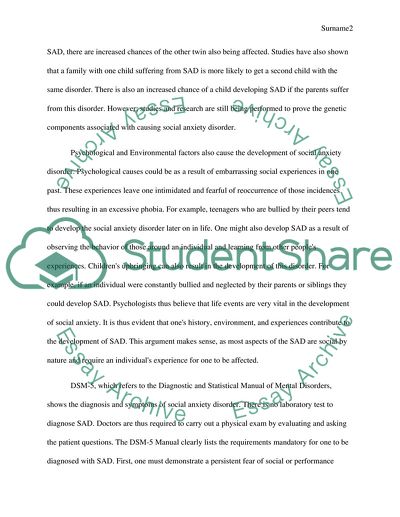Cite this document
(“Social Anxiety Disorder Research Paper Example | Topics and Well Written Essays - 1500 words”, n.d.)
Retrieved de https://studentshare.org/psychology/1701636-social-anxiety-disorder
Retrieved de https://studentshare.org/psychology/1701636-social-anxiety-disorder
(Social Anxiety Disorder Research Paper Example | Topics and Well Written Essays - 1500 Words)
https://studentshare.org/psychology/1701636-social-anxiety-disorder.
https://studentshare.org/psychology/1701636-social-anxiety-disorder.
“Social Anxiety Disorder Research Paper Example | Topics and Well Written Essays - 1500 Words”, n.d. https://studentshare.org/psychology/1701636-social-anxiety-disorder.


